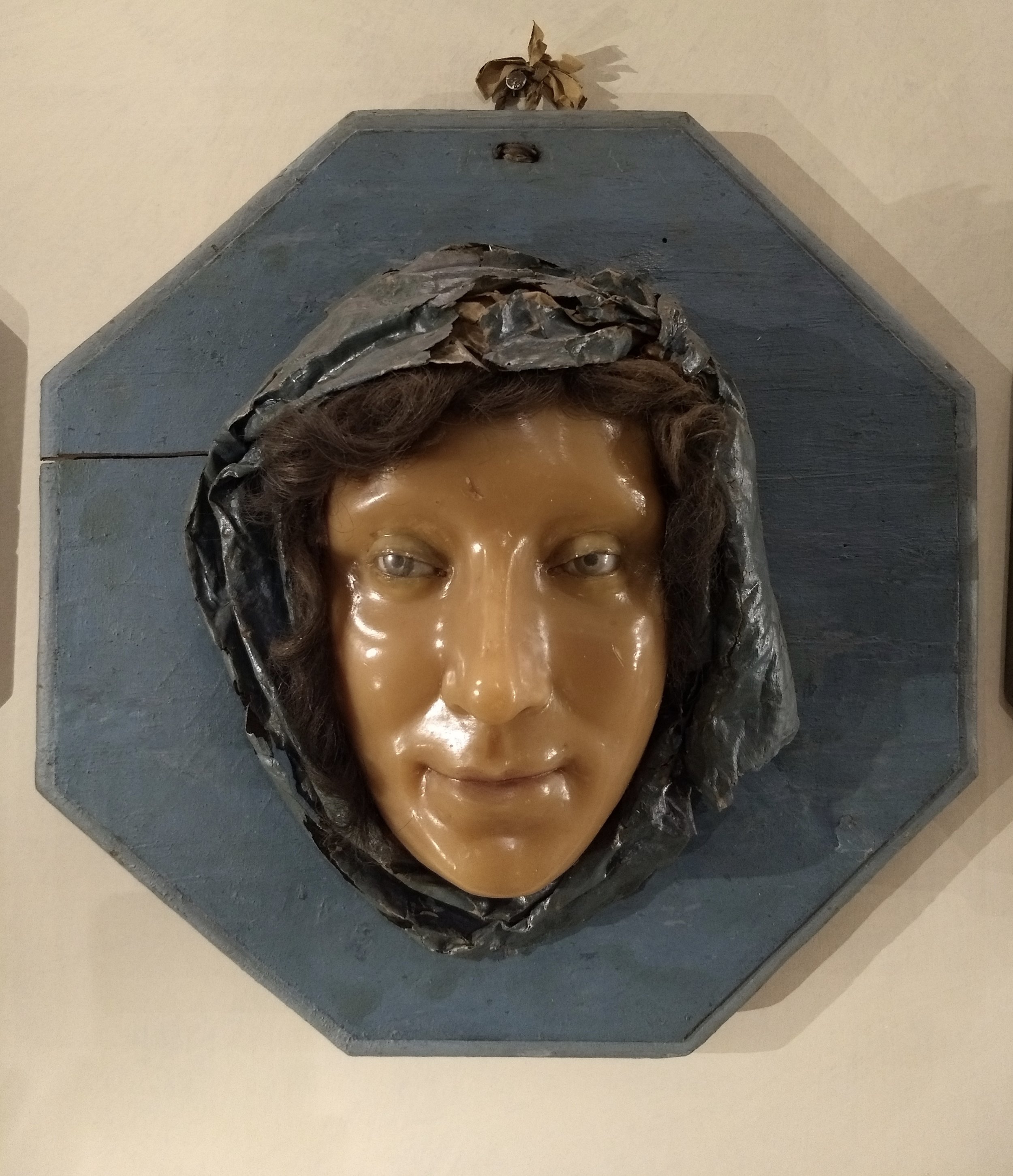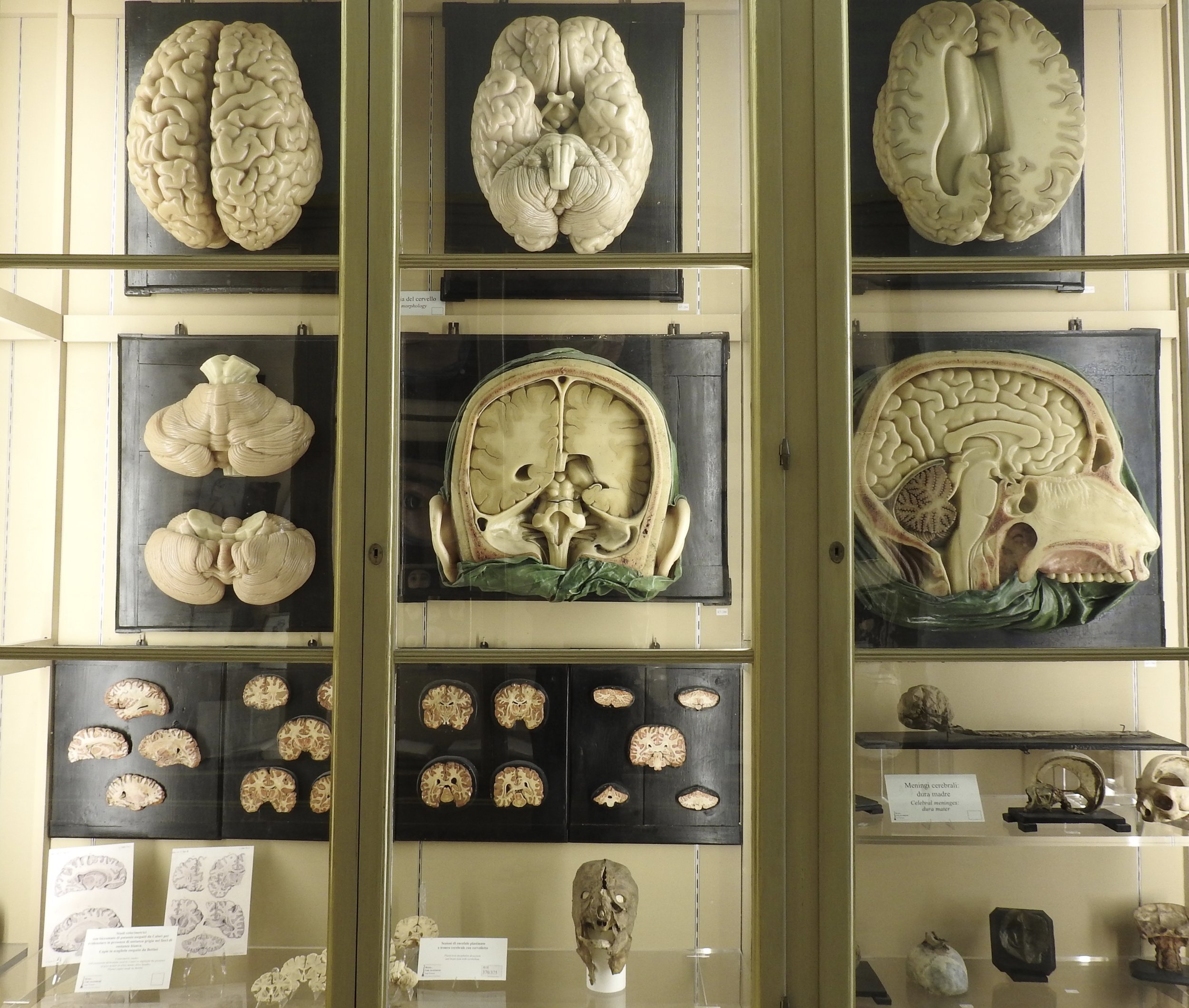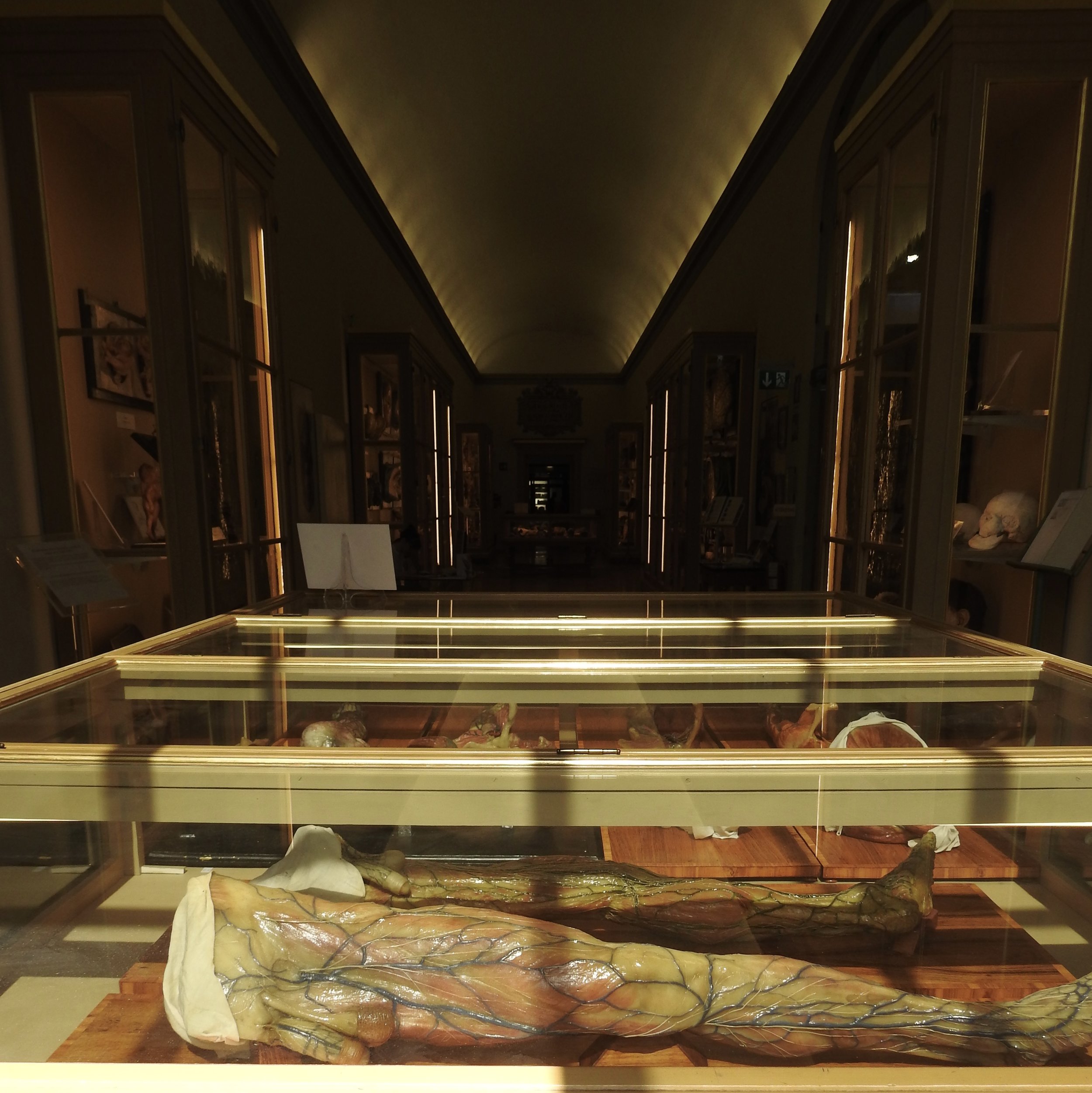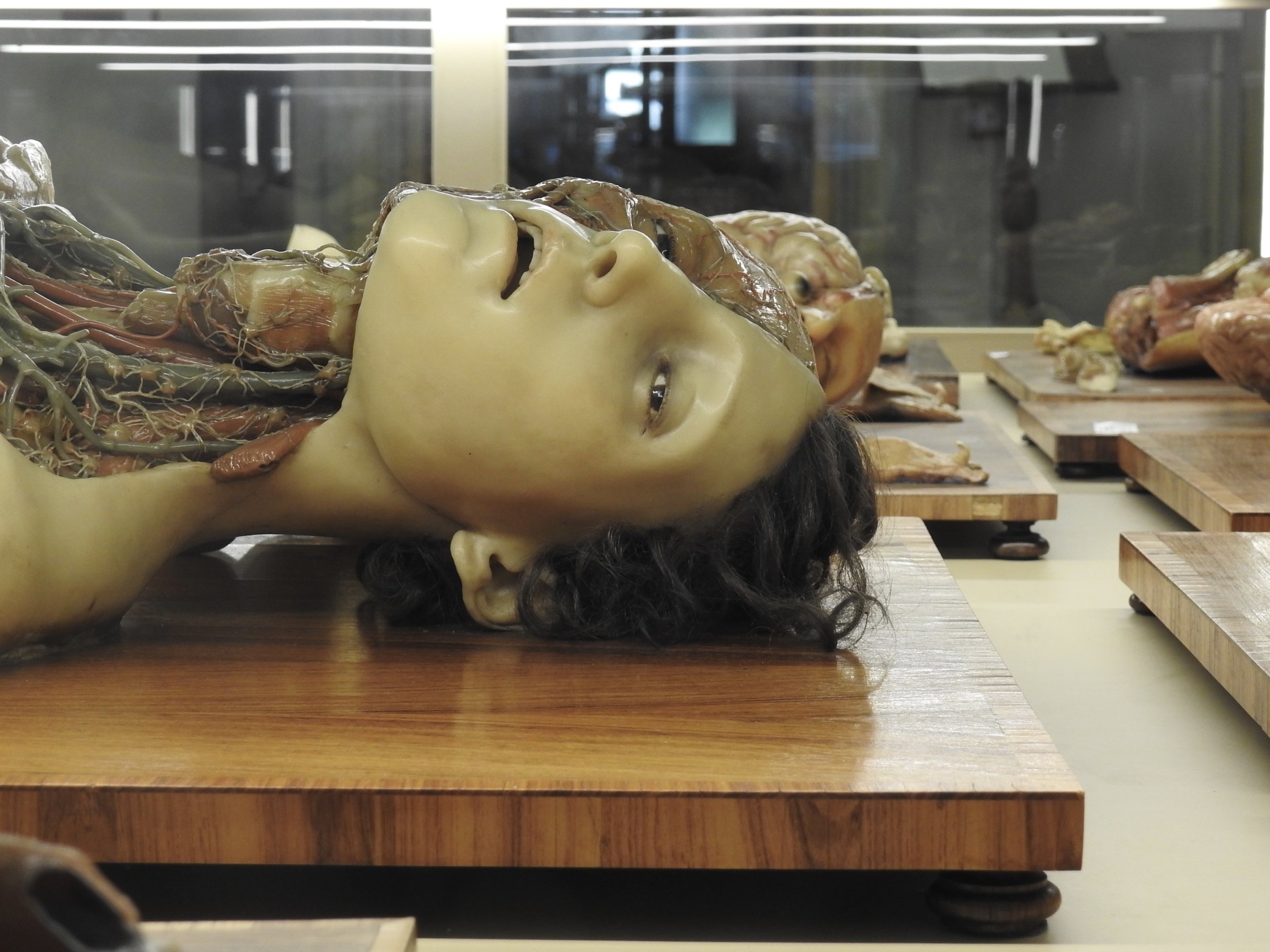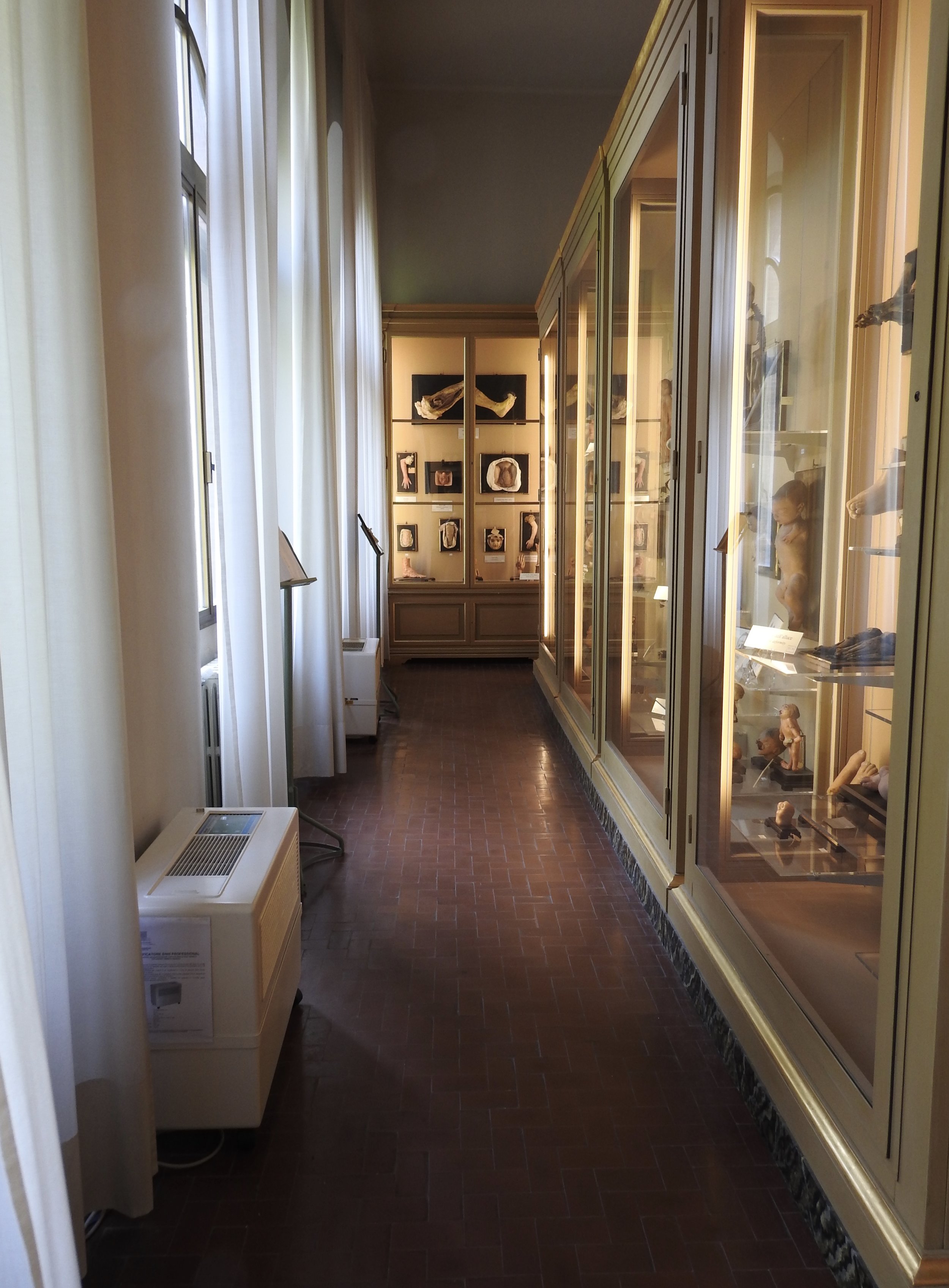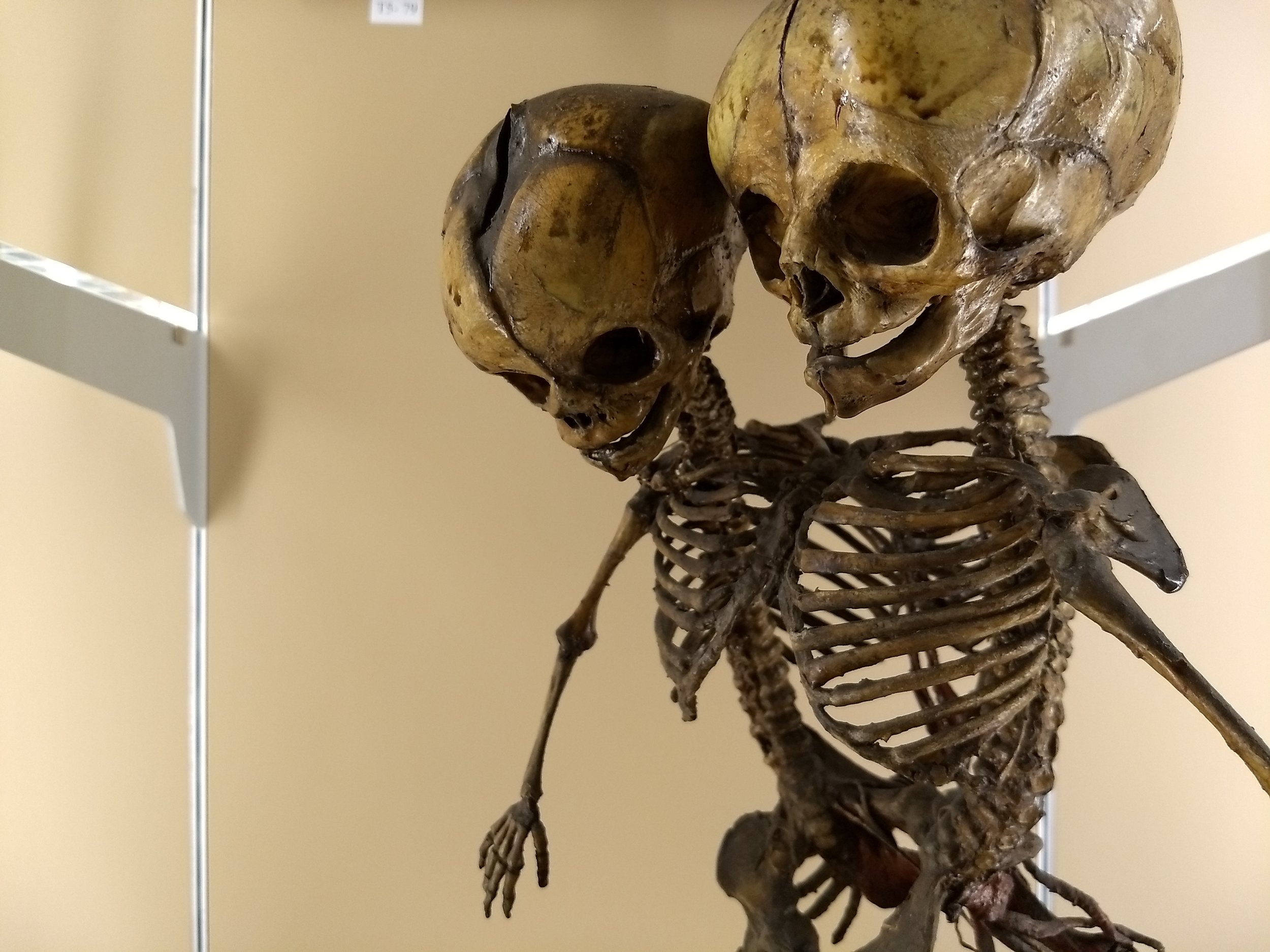
Himalayan monal in the Collezione di Anatomia Comparata (aka Collection of Zoology), Sistema Museale di Ateneo, University of Bologna. Photo by Renée DeVoe Mertz.
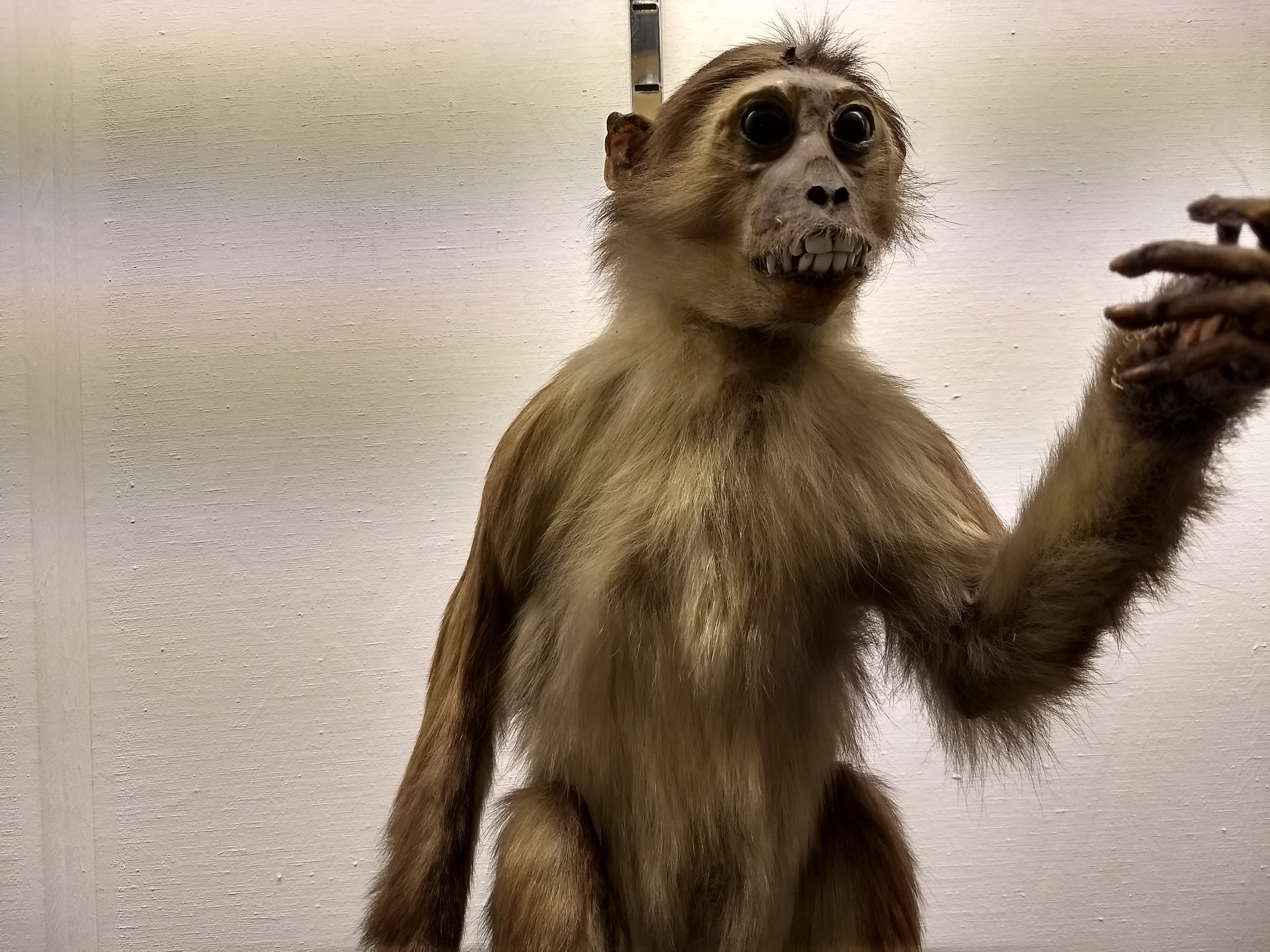
Collared mangabey in the Collezione di Anatomia Comparata, Sistema Museale di Ateneo, University of Bologna. Photo by Renée DeVoe Mertz.

Elephant skeleton with model of human brain in the Collezione di Anatomia Comparata, Sistema Museale di Ateneo, University of Bologna. Photo by Renée DeVoe Mertz.

Green-billed/red-breasted toucans in the Collection of Zoology, Sistema Museale di Ateneo, University of Bologna. Photo by Renée DeVoe Mertz.

Starfish in the Collection of Zoology, Sistema Museale di Ateneo, University of Bologna. Photo by Renée DeVoe Mertz.

Polecat in the Collection of Zoology, Sistema Museale di Ateneo, University of Bologna. Photo by Renée DeVoe Mertz.

Snapper jaws in the Collection of Zoology, Sistema Museale di Ateneo, University of Bologna. Photo by Renée DeVoe Mertz.

Collection of Zoology, Sistema Museale di Ateneo, University of Bologna. Photo by Renée DeVoe Mertz.

Intestine of the European hedgehog in the Collection of Zoology, Sistema Museale di Ateneo, University of Bologna. Photo by Renée DeVoe Mertz.

Marsupial skeletons in the Collection of Zoology, Sistema Museale di Ateneo, University of Bologna. Photo by Renée DeVoe Mertz.

Germain’s peacock-pheasant in the Collection of Zoology, Sistema Museale di Ateneo, University of Bologna. Photo by Renée DeVoe Mertz.

Dolphin intestine in the Sistema Museale di Ateneo, Sistema Museale di Ateneo, University of Bologna. Photo by Renée DeVoe Mertz.

Goat skeleton in the Collection of Zoology, Sistema Museale di Ateneo, University of Bologna. Photo by Renée DeVoe Mertz.

Collezione di Anatomia Comparata, Sistema Museale di Ateneo, University of Bologna. Photo by Renée DeVoe Mertz.

The most unsettling display in the Collezione di Anatomia Comparata, Sistema Museale di Ateneo, University of Bologna. Photo by Renée DeVoe Mertz.

Green monkey (?) in the Collezione di Anatomia Comparata, Sistema Museale di Ateneo, University of Bologna. Photo by Renée DeVoe Mertz.

Fauno by Valentina Regola, part of the Fabulares Creaturae show in the Collezione di Anatomia Comparata, Sistema Museale di Ateneo, University of Bologna. Photo by Renée DeVoe Mertz.

Collezione di Anatomia Comparata, Sistema Museale di Ateneo, University of Bologna. Photo by Renée DeVoe Mertz.







